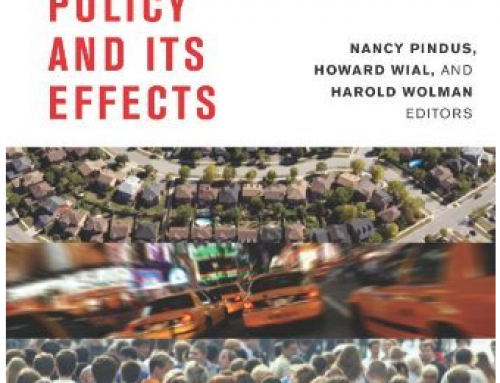
Produced for PolicyLink’s Equitable Development ToolKit
Commercial districts in low- and moderate-income urban neighborhoods can be sources of blight and crime or they can contribute to the economic and social health of the community. However, efforts to improve commercial districts often struggle with how to strengthen a district without contributing to gentrification and displacement. As part of their Equitable Development Toolkit PolicyLink asked me to write this paper describing ways that community groups are managing this tension and highlighting some initial lessons learned from these efforts. The paper provides real world examples that support the idea that stabilizing and improving a neighborhood serving commercial district can not only be achieved without fueling gentrification it may be a necessary step in preventing gentrification.




